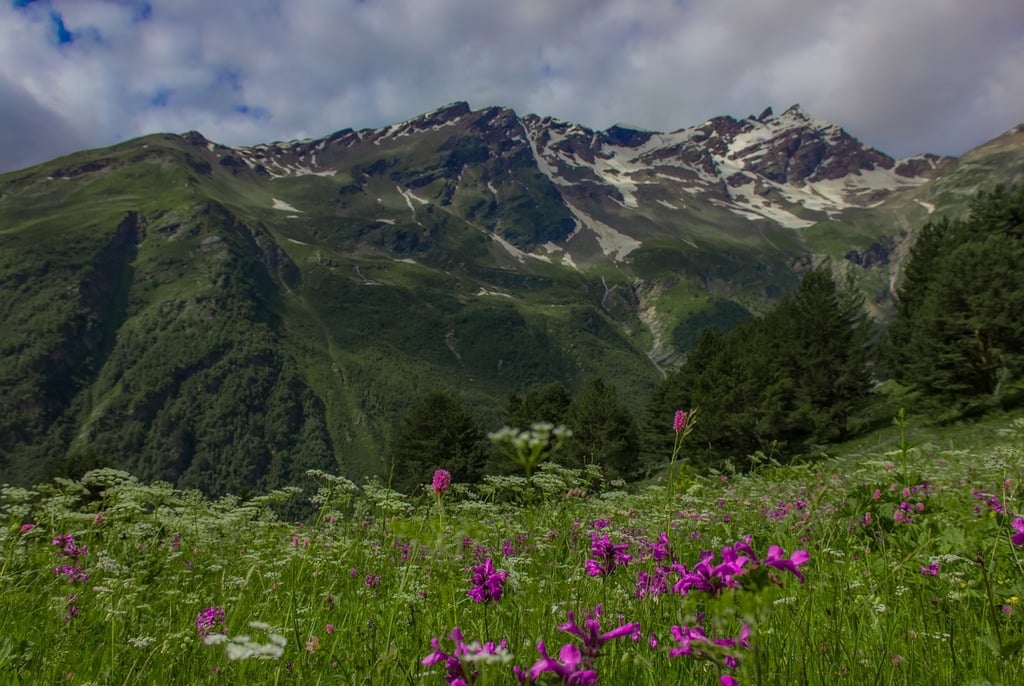Media release
From:
The origins of Bronze Age livestock farmers in West Eurasia
Insights into the genetic history of Bronze Age populations from the Caucasus and surrounding area are presented in a paper published in Nature. The findings, based on genomic data from 131 individuals, suggests two population groups north and south of the Caucasus existed during the Mesolithic, and gave rise to two distinct ancestries.
The Caucasus region lies on the border between Europe and Asia and its mountain range served as a semi-permeable barrier through which ideas, languages, technologies and people moved. The region was crucial in the Bronze Age and gave rise to the earliest steppe pastoralist societies in the 4th millennium BC. However, how these groups emerged from local hunter-gatherer groups, as well as their connection to early farming communities from the Fertile Crescent, are unclear.
Wolfgang Haak and colleagues used genomic data from 131 individuals from 38 sites across the Caucasus region, spanning 6,000 years from the Mesolithic (7th millennium BC) to the Late Bronze Age (2nd millennium BC). They found that during the Mesolithic there was a strong genetic difference between populations north and south of the Caucasus mountains. In the north they observed Eastern hunter-gatherer ancestry, whereas in the south there was a distinct Caucasus hunter-gatherer ancestry with increasing East Anatolian farmer admixture. During the subsequent Eneolithic period (4th–5th millennia BC) they noted the emergence of West Eurasian steppe ancestry and pastoralist societies. They suggest this was due to the increasing interaction between mountain and steppe regions as a result of technological developments.
Additionally, the authors indicate that the Early and Middle Bronze Age had relatively stable genetics, but the Late Bronze Age saw increasing genetic diversity from multiple groups, which coincided with a decline of steppe cultures and suggests that these ancestries may have been absorbed into Caucasus populations.



 Australia; International; SA
Australia; International; SA



